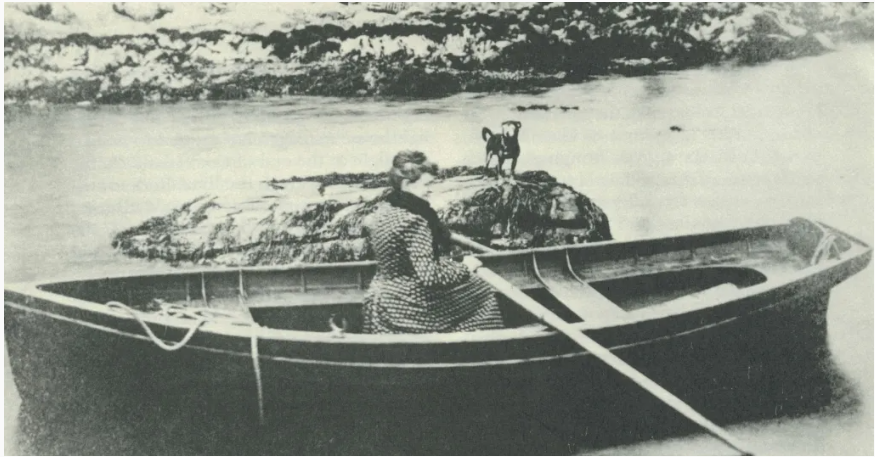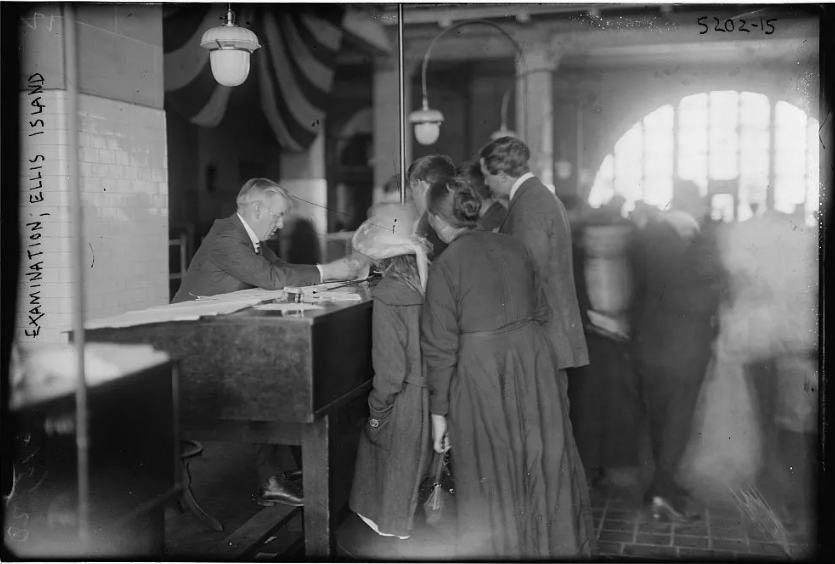About This Lesson
SOCIAL STUDIES/TECHNOLOGY – Learn about the history of women lighthouse keepers, five of whom worked in Rhode Island. Students will take the local example of Ida Lewis, “the bravest woman in America,” to discuss nineteenth century gender ideals and how and why some women came to hold the official government position of lighthouse keepers.
EDUCATION STANDARDSNew RI Social Studies Standards:
GRADE 4 – LIVING AND WORKING TOGETHER IN RHODE ISLAND Having looked at how people live and work together in a variety of contexts, fourth graders now turn their attention to the state of Rhode Island.
- Inquiry Topic 1: Geography and Environment
- Compelling Question: Where are we?
- SS4.1.1: City/Town Geography
- SS4.1.2: Geography of Rhode Island
- Inquiry Topic 5: Immigration, Labor, and Industry
- Compelling Question: How did industry affect who wanted to live and work in Rhode Island?
- SS4.5.2: 19th and 20th century industries and peoples
- SS4.5.3: Peoples and industries in Rhode Island today
- Change / Continuity (H.CC) Students act as historians as they…
- Identify historical events that are culturally relevant to global, national, and local histories and connect to students’ intersectional identities and lived experiences.
- Explain multiple causes and effects of historical events, centering and representing the voices and experiences of individuals and communities who were agents of change and resistance.
- Analyze multiple sources to compare and contrast historical events through the lenses of identity, power, and resistance.
- Argue how social change, intersectional identities, and lived experiences are crucial to the study and practice of history.
- CCSS.ELA-LITERACY.RH.6-8.7 – Integrate visual information (e.g., in charts, graphs, photographs, videos, or maps) with other information in print and digital texts.
- CCSS.ELA-LITERACY.RH.6-8.2 – Determine the central ideas or information of a primary or secondary source; provide an accurate summary of the source distinct from prior knowledge or opinions.
- CCSS.ELA-LITERACY.RH.9-10.2 and CCSS.ELA-LITERACY.RH.11-12.2 – Determine the central ideas or information of a primary or secondary source; provide an accurate summary of how key events or ideas develop over the course of the text.












